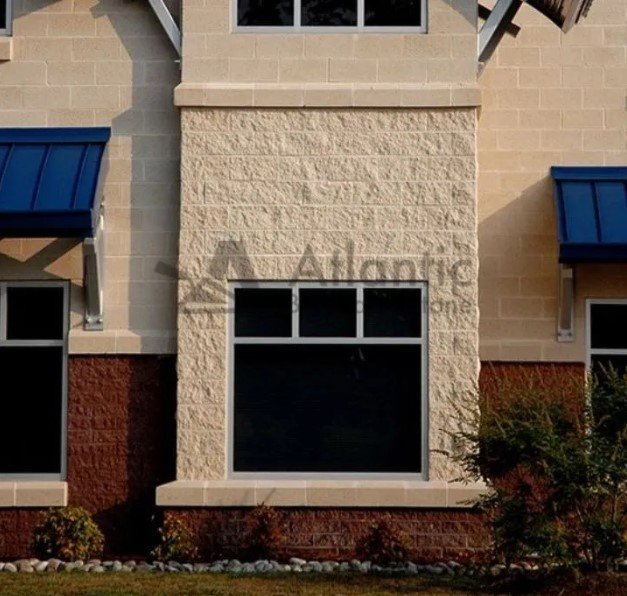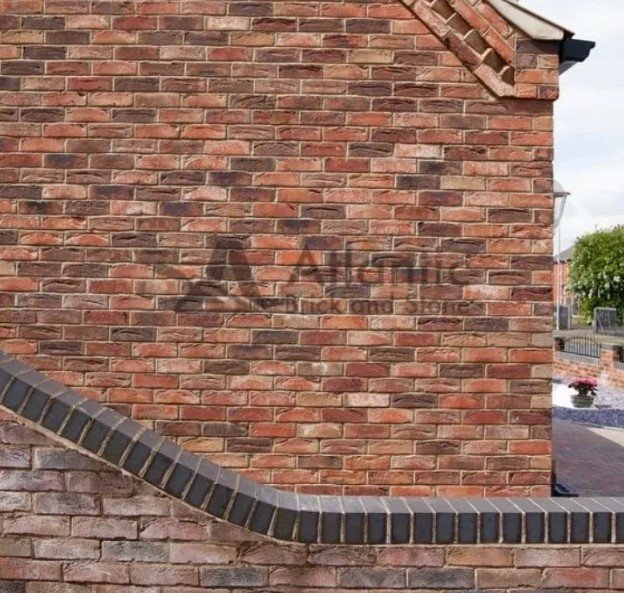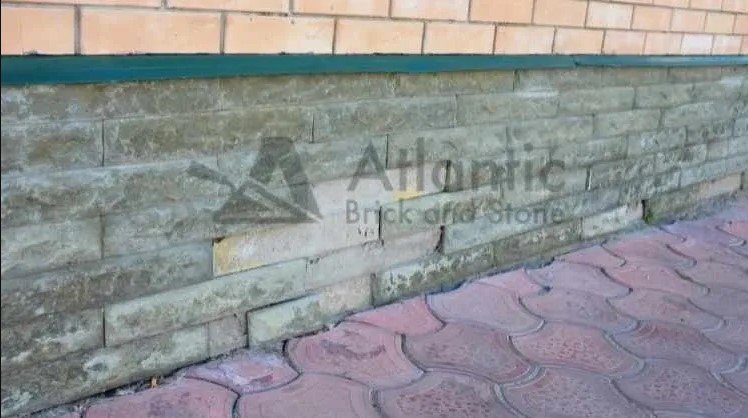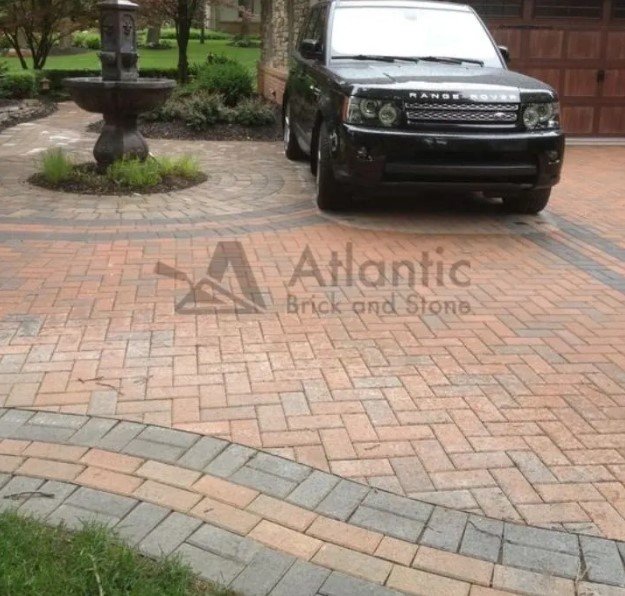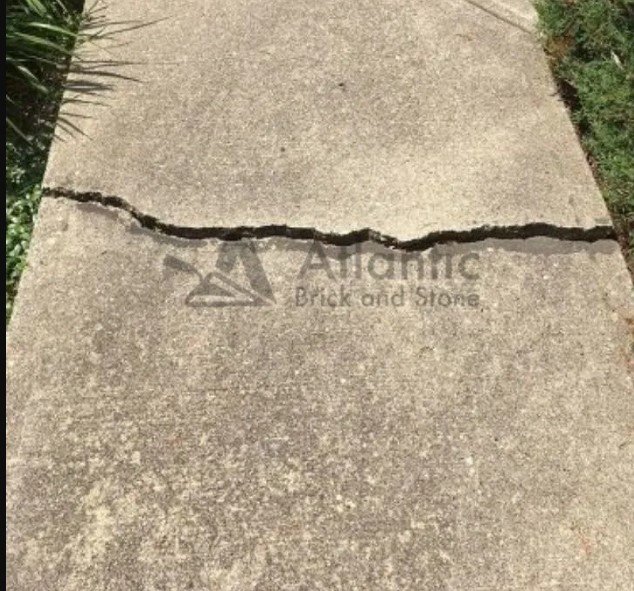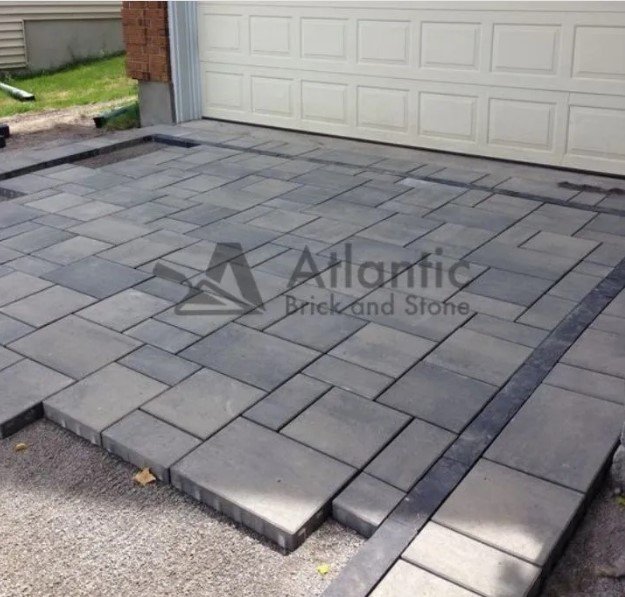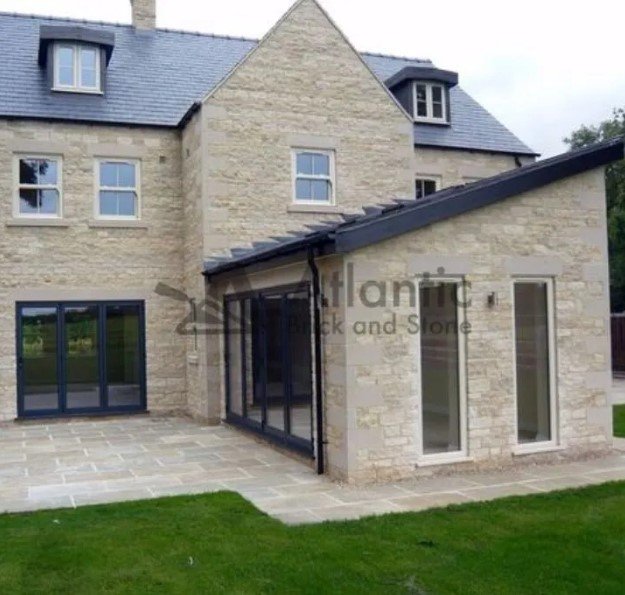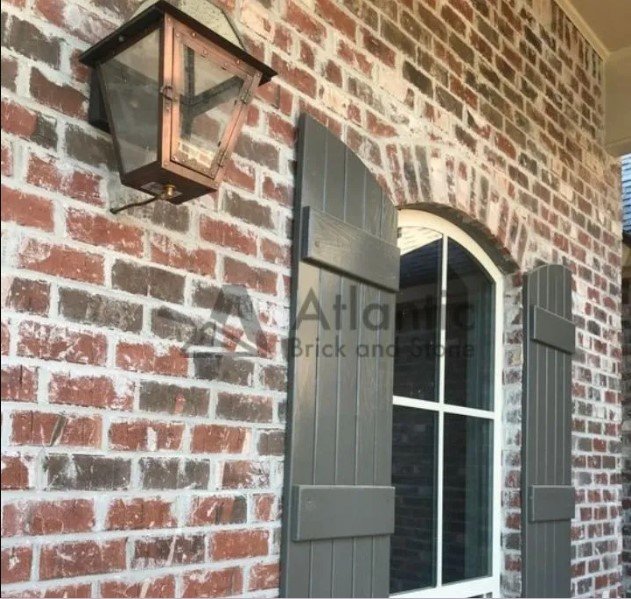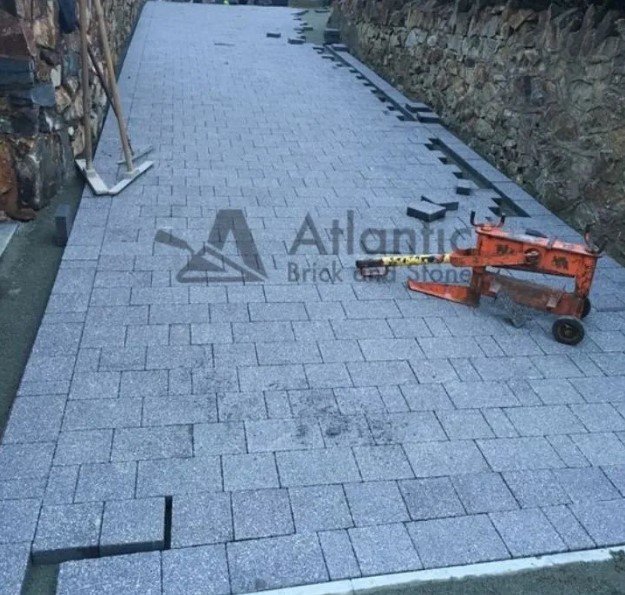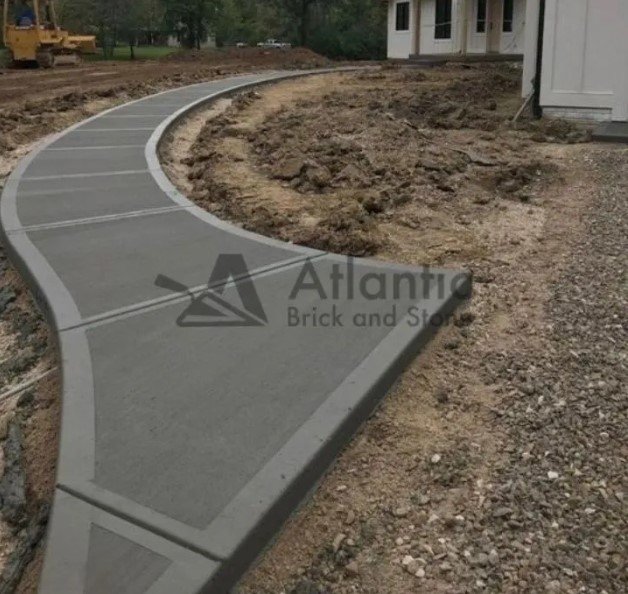Common uses for split face concrete blocks
Common uses for split face concrete blocks Have you ever walked by a building and noticed the textured concrete blocks that make up the exterior walls? Those are likely split face concrete blocks, one of the most popular and versatile masonry materials used in construction. Split face blocks have a roughened surface texture that gives them a rustic, timeworn look prized by architects and builders alike. Their durability, insulating properties, and low-maintenance nature make them a mainstay in commercial and residential projects. We will discuss various uses of split face concrete blocks in this article and what makes them such an effective construction material. Why use split face blocks in construction? So, why should you consider using split face blocks in your next construction project? Here are some key characteristics that set them apart from other types of concrete blocks. Durability – Their concrete masonry construction provides exceptional strength and resistance to weathering. Split face blocks can withstand decades of exposure without degradation. Aesthetic Appeal – Their textured surface creates visual interest that adds architectural flair. The aged look is sought after for both modern and rustic aesthetics. Low Maintenance – The blocks require no paint or sealants to withstand the external elements. Just occasional cleaning keeps them looking their best for years. Insulation – Pockets of inner air create a highly insulative building material that regulates indoor temperatures naturally. Soundproofing – Dense concrete masonry is an effective sound barrier that reduces noise transmission between rooms and walls. Options – They come in an array of colors, aggregates, shapes, and sizes to suit any design vision. This versatility is beloved by architects. By understanding these key features, you can easily see why split face blocks are a favored construction material in Fredericton. Their durable beauty and practicality make them a long-lasting material worthy of any project. Common uses of split face concrete blocks Exterior walls Commercial buildings One of the most iconic uses of split face blocks is for commercial building exteriors. Their rugged texture and density lend an instant sense of substance and permanence that architects love for offices, warehouses, and retail spaces. The blocks hold up incredibly well to high foot traffic and weathering over extended periods. Plus, their low maintenance means owners save money in the long run. Residential buildings Rough-hewn split face blocks are increasingly popular for modern farmhouse and industrial-inspired residential home exteriors as well. The textural variations create visual interest while withstanding all climates in Fredericton. Homeowners enjoy the ease of low-maintenance upkeep without sacrificing curb appeal. For high-end custom homes, unique aggregate blends and specialty shapes add high-style flourishes. Interior walls Feature walls Inside the home, split face blocks make a stunning accent for living rooms, kitchen backsplashes, fireplaces, and more. The tactile quality draws the eye and anchors a space. Warm earth tones naturally complement rustic and modern farmhouse interiors alike. Split face blocks add personality without overpowering adjacent decor and furnishings. Fireplaces Their high density makes split face blocks perfect for fireplace construction, where heat resistance and durability are critical. Their masonry structure keeps these focal points standing strong for lifetimes of enjoyment. An exposed aggregate or vibrant color palette uplifts interior design. Whether modern or rustic in style, split face blocks centerstage fireplaces beautifully. Other uses Sound barriers Strategically placed block sound barriers alongside busy roads help reduce noise pollution for surrounding areas. Their dense masonry absorbs and deflects sound waves, enhancing quality of life. Angled parapets or varied heights break up solid shapes for visual appeal too. This multi-purpose application maximizes space. Retaining walls When it comes to holding back soil and preventing erosion, few materials can outperform split face blocks. Their interlocking construction resists shifting and cracking even under tremendous lateral pressure. Homeowners gain extra usable yard space and landscaping versatility through skillfully engineered block retaining walls. Decorative accents like pilasters or specialty caps jazz up function with aesthetic flair too. Privacy walls Whether surrounding a backyard, defining a property line, or sectioning off areas in gated communities – privacy walls of split face blocks provide durable security. Their masonry structure stands tall against weather, impacts, and years of use. Split face textures add visual interest for screening, camouflaging, and naturally blending walls into landscapes. Various pillar designs allow careful placement of entrances and gates as well. Factors to consider before choosing split face blocks Before you start your project, there are a few important factors to consider when choosing split face blocks. Structural support Make sure your structure can support the weight of the blocks. Split face blocks are heavier than other types of concrete blocks, so you will need to ensure your foundation is strong enough. Weather conditions Consider the climate in your area. Split face blocks are durable, but they can absorb moisture, which may lead to issues in extremely wet climates. It’s important to choose the right type of block for your specific conditions. When to avoid these blocks While split face blocks are versatile and durable, there are some situations where they might not be the best choice. Extremely Wet Climates – High rainfall or flooding-prone areas may see more efflorescence without additional waterproofing. Interior Wet Walls – High-moisture areas like basement walls and bathrooms prefer non-porous materials. Smooth Surface Needs – Applications like tile backsplashes require a level plane versus textured surface. Earthquake Areas – Engineering is needed for un-reinforced masonry in seismically active zones. Working with a local masonry contractor in Fredericton For split face block installation or any masonry needs in Fredericton, connecting with a local masonry expert like Atlantic Brick and Stone ensures the job is done right. Our masons understand local building codes and climate challenges. We at Atlantic Brick and Stone also provide valuable consultation during initial design phases. We can advise on structural engineering, moisture protection strategies, detailing, and more. This collaborative approach helps maximize quality, visual appeal, and longevity for any project. Summary Split face blocks are durable, aesthetically appealing, and low maintenance. They

